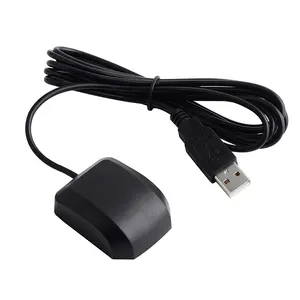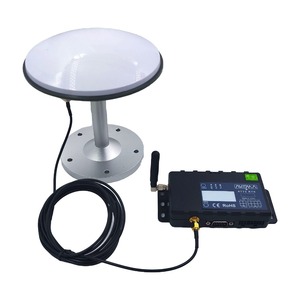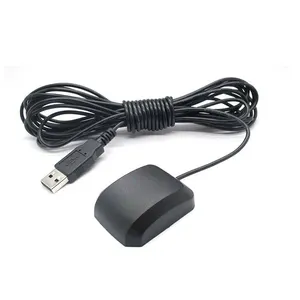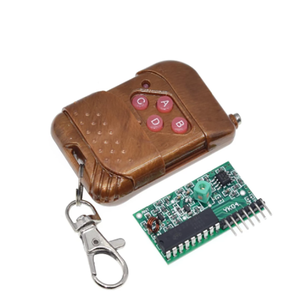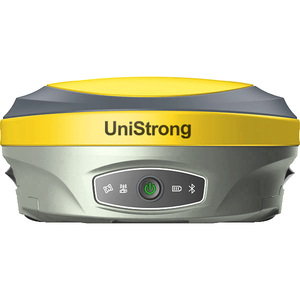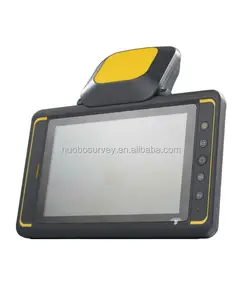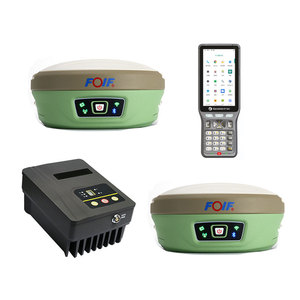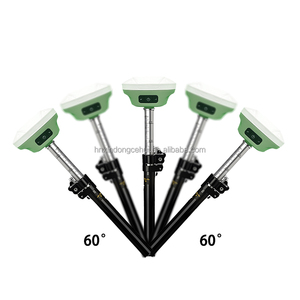Gps Receiver Arduino



 1/1
1/1


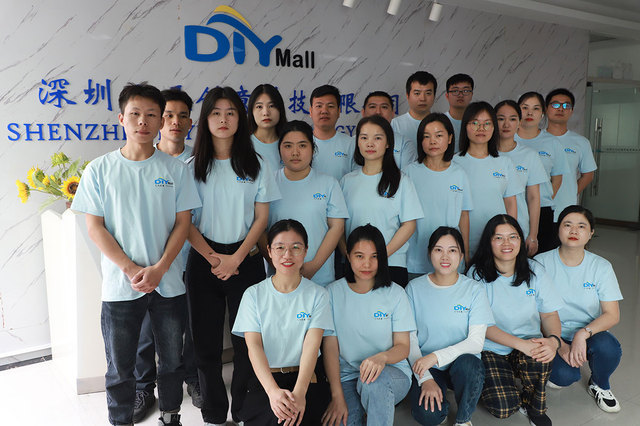

 1/3
1/3



 1/3
1/3



 0
0






 1/5
1/5



 1/1
1/1





 1/3
1/3




 1/3
1/3


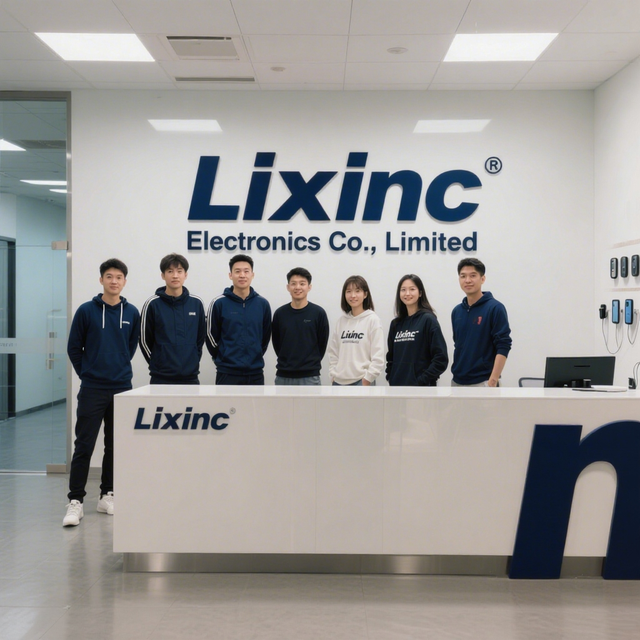
 1/1
1/1




 1/3
1/3



 0
0



 0
0






 1/20
1/20






 1/6
1/6




 1/3
1/3



 0
0







 1/3
1/3







 1/5
1/5








 0
0
About gps receiver arduino
Where to Find GPS Receiver Arduino Suppliers?
China remains the central hub for electronics manufacturing, with Shenzhen and surrounding Guangdong regions serving as primary centers for embedded systems and IoT component production. The concentration of electronic component suppliers, PCB fabricators, and wireless module integrators in this region enables rapid prototyping and scalable production of GPS receiver modules compatible with Arduino platforms. Key advantages include access to vertically integrated supply chains, reducing lead times by 20–35% compared to non-specialized regions.
Suppliers in this ecosystem typically offer modular GPS solutions based on widely adopted chipsets such as u-blox NEO-6M, MAX-M10S, and L70, ensuring compatibility with open-source Arduino development environments. Integration with UART, I2C, and USB interfaces is standard, facilitating plug-and-play deployment in tracking devices, drones, robotics, and environmental monitoring systems. Many manufacturers also bundle supporting firmware libraries and antenna configurations to streamline integration.
How to Choose GPS Receiver Arduino Suppliers?
Selecting a reliable supplier requires evaluation across technical, operational, and transactional dimensions:
Technical Compatibility & Specifications
Verify that modules support standard Arduino voltage levels (3.3V or 5V logic) and communication protocols (NMEA output, TTL serial). Prioritize units with built-in EEPROM, backup batteries, and external antenna connectors for enhanced field performance. High-sensitivity receivers (e.g., -165 dBm tracking) ensure reliable signal acquisition under canopy or urban canyon conditions.
Production and Quality Assurance
Assess supplier adherence to quality management standards. While formal ISO 9001 certification may not always be listed, consistent on-time delivery rates above 97% and response times under 6 hours indicate operational maturity. Look for evidence of in-house testing procedures, including cold/warm start time measurements, positional accuracy validation, and interference resistance checks.
Order Flexibility and Scalability
Evaluate minimum order quantities (MOQs), pricing tiers, and sampling availability. Suppliers offering low MOQs (1–10 pieces) cater to R&D and small-batch prototyping needs, while bulk pricing below $7/unit at volumes of 100+ units benefits mass integration projects. Confirm whether customization—such as pre-flashed firmware, unique pinouts, or OEM branding—is supported.
What Are the Best GPS Receiver Arduino Suppliers?
| Company Name | Main Products | Price Range (USD) | Min. Order | On-Time Delivery | Avg. Response | Reorder Rate | Online Revenue |
|---|---|---|---|---|---|---|---|
| Real Support Electronic Co., Ltd. | Wireless & RF Modules, ICs, Bluetooth Modules | $4.50–$6.99 | 1–100 pcs | 100% | ≤4h | 23% | US $10,000+ |
| Shenzhen FlyFun Technology Co.,Ltd. | GPS Modules, RC Parts, Sensors | $5.95–$18.95 | 2–30 pcs | 100% | ≤6h | 20% | US $150,000+ |
| AVEMA TECHNOLOGY CO., LTD. | High-Accuracy RTK/GNSS Receivers | $400–$450/set | 1 set | 100% | ≤2h | Not available | Data not available |
| Hanhai International (HK) Technology Limited | RC Components, Servos, Battery Packs | $2.19–$53.24 | 2–100 pcs | 100% | ≤2h | <15% | US $7,000+ |
| Shenzhen Kaisheng Century Electronics Co., Ltd. | GNSS Receivers, USB GPS Modules | $7.80–$36.45 | 1–10 pcs | 100% | ≤2h | 17% | US $180,000+ |
Performance Analysis
Real Support Electronic Co., Ltd. stands out for low-cost entry-level modules with flexible ordering (as low as 1 piece), making it ideal for startups and educational projects. Shenzhen FlyFun offers broader product diversity, including Beidou-enabled dual-system receivers, appealing to developers requiring regional navigation redundancy. AVEMA TECHNOLOGY specializes in high-precision RTK-grade systems, targeting surveying, agriculture automation, and drone positioning applications demanding centimeter-level accuracy. Shenzhen Kaisheng Century provides mid-tier solutions with USB-integrated GPS dongles, balancing ease of use and performance for desktop or mobile testing environments.
FAQs
How to verify GPS receiver compatibility with Arduino boards?
Cross-check module voltage tolerance (3.3V vs. 5V), serial interface type (TTL/RS232), and baud rate settings (typically 9600 bps). Confirm availability of Arduino-compatible libraries such as TinyGPS++, Adafruit_GPS, or u-blox UBX protocol parsers. Request test code examples from suppliers prior to procurement.
What is the typical lead time for samples and bulk orders?
Sample shipments are generally dispatched within 3–7 days after payment confirmation. Bulk production lead times range from 10–20 days depending on order size and customization level. Air freight adds 5–8 days for international delivery.
Do suppliers support firmware customization or private labeling?
Yes, select suppliers offer custom firmware builds (e.g., fixed update rates, filtered NMEA sentences) and PCB silkscreen/logo printing for orders exceeding 500 units. Discuss requirements during initial inquiry to confirm technical feasibility and NRE costs.
Are GPS modules RoHS and REACH compliant?
Most industrial-grade suppliers declare RoHS and REACH compliance for their components. Request material declarations or compliance certificates if required for regulatory submission or environmental audits.
Can these GPS receivers operate globally?
Standard passive GPS modules function worldwide but may experience improved satellite lock times when paired with multi-constellation support (GLONASS, Galileo, Beidou). For global deployments, choose models with automatic satellite system selection and wide operating temperature ranges (-40°C to +85°C).









